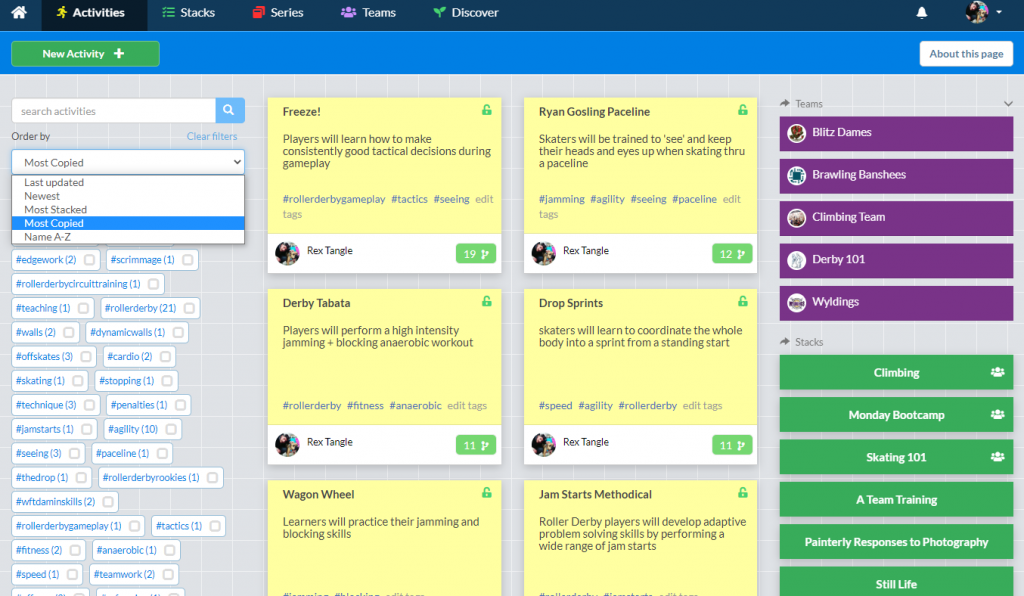As educators we all know we should reflect more than we do, but finding time amongst the administrative burden of teaching often makes finding time to reflect impractical.
In Atomic Teaching we take an approach to reflection that prioritises efficiency and re-use – meaning your reflection will be quick and valuable.
The key idea in Atomic Teaching is to break your teaching down in to single, complete pieces of teaching, and then create a lesson plan by ‘stacking’ them together. A complete piece of teaching has one objective, an activity, and a check for understanding. There is no limit to how large or small they can be – as long as they fulfil that requirement. For example you might have a 5 minute spelling test, or an hour long still life study.
When you work in this way, you can get a lot more out of reflecting on a single piece of teaching, and for this reason we recommend trying to reflect on one piece of teaching – rather than trying to reflect on an entire lesson.
Reflecting in this way will allow you to reflect quickly and efficiently, and because it’s clear that you are reflecting on a complete piece of teaching, the insights you gain will have a depth and clarity that it is applicable to your deeper understanding of teaching..
That’s not to say reflecting on a whole lesson is bad – if you have the time, it’s wonderful! But I want to emphasise that it’s teaching your reflecting on, and having a small clear chunk of teaching to look back on is a lot easier and more manageable.
Bang For Your Reflection Buck!
How do you choose an activity to reflect on? On LessonStack we take a smart approach to helping you choose where your reflection is best spent.

On LessonStack you can order your teaching activities in a number of ways, – including how often you teach them, and how often other people copy them.
That means when it comes time to reflect you can get a feel for where your reflection time will be best spent. When you reflect on an activity that you use frequently, or other people use, you can know you’re doing reflection that will pay you dividends in the future.
Three Questions To Ask Yourself
When you have time to reflect, you want to get to the quality insights as quickly as possible. In Atomic Teaching, because we recommend bundling your teaching into small, shareable chunks, we recommend look at each part of the activity in turn and asking:
- Was the objective clear enough?
- Was the activity challenging enough?
- Was the check for learning rigorous enough?
There will be many times when these questions aren’t a perfect fit for the reflection you need to do, but they form a great default that will get you thinking about the nuts and bolts of your teaching quickly and efficiently
Happy Reflecting!
Rex T

